Art has always been a reflection of human creativity, emotions, and culture. From the cave paintings of prehistoric times to the grand masterpieces of the Renaissance, artistic expression has continuously evolved. In the modern era, technology has ushered in a new artistic revolution: digital art. What was once confined to traditional brushes and canvases has now expanded into a limitless digital realm, where artists can bring their visions to life with the help of tablets, software, and AI-powered tools.
The transition from sketch to screen has not only changed how artists create but also how they share, collaborate, and innovate. This article explores the rise of digital art, the tools empowering this creative shift, and its profound impact on the art world.
The Rise of Digital Art
Digital art is not a new concept, but its prominence has skyrocketed over the past two decades. As technology has advanced, so too have the tools that artists use. The increasing accessibility of powerful software, affordable drawing tablets, and high-resolution screens has made digital art more appealing than ever.
One of the biggest catalysts in digital art’s rise has been social media and online platforms. Websites like Instagram, ArtStation, and DeviantArt provide artists with instant exposure, allowing them to showcase their work to global audiences. Meanwhile, platforms like Behance and Dribbble help professional artists and designers gain recognition in their fields.
Tools That Empower Digital Artists
Several groundbreaking tools have transformed the way artists create digital work. Here are some of the most popular tools that have redefined modern artistic expression:
1. Graphic Tablets & Styluses
Graphic tablets, such as Wacom, Huion, and XP-Pen, offer pressure-sensitive styluses that mimic the feel of traditional drawing. Advanced models, like the iPad Pro with Apple Pencil, have made digital drawing even more natural and intuitive.
2. Powerful Software & Apps
Applications like Adobe Photoshop, Procreate, Clip Studio Paint, and Corel Painter provide artists with a vast array of brushes, textures, and effects that allow for endless creative possibilities. These tools enable artists to experiment with different styles, from hyperrealism to abstract digital painting.
3. Artificial Intelligence & Machine Learning
AI-powered tools like Deep Dream, Runway ML, and Adobe Sensei are pushing the boundaries of creativity. Artists can use AI to generate unique textures, enhance details, or even create entirely new compositions based on their input.
4. Augmented Reality (AR) & Virtual Reality (VR)
Emerging technologies like AR and VR allow artists to create immersive 3D artworks. Platforms such as Tilt Brush by Google and Quill by Oculus provide a digital space where artists can “paint” in a three-dimensional environment.
The Benefits of Digital Art
Digital art offers several advantages over traditional art, making it an attractive option for artists of all skill levels.
1. Endless Creative Freedom
Digital tools offer an infinite palette, allowing artists to experiment without the limitations of physical materials. Undo and redo options enable quick corrections, encouraging more creative risk-taking.
2. Accessibility & Cost-Effectiveness
Traditional art supplies—canvas, paints, brushes—can be expensive and require storage space. Digital art requires only a tablet or computer, making it more affordable and accessible for aspiring artists.
3. Environmentally Friendly
Unlike traditional art, which often relies on paper, paints, and chemicals, digital art significantly reduces waste and environmental impact. Many artists appreciate the eco-friendly nature of working digitally.
4. Seamless Sharing & Monetization
With digital art, artists can instantly share their work online, participate in virtual exhibitions, and sell digital prints. The rise of NFTs (non-fungible tokens) has also created new opportunities for artists to monetize their work in the digital space.
Challenges & Criticisms of Digital Art
Despite its many benefits, digital art faces some criticisms and challenges:
1. Debate Over Authenticity
Some traditional artists argue that digital art lacks the “soul” of handmade pieces. The ability to undo mistakes and use pre-made textures may lead some to believe that digital art is “easier” than traditional methods.
2. Learning Curve & Technical Issues
Mastering digital tools requires time and effort. Additionally, artists may face technical problems such as software crashes, tablet malfunctions, or storage limitations.
3. Saturation of the Market
With the accessibility of digital tools, the online art market has become highly saturated. Standing out among thousands of talented digital artists requires exceptional skills and unique artistic styles.
The Future of Digital Art
The future of digital art is filled with exciting possibilities. AI and machine learning will continue to evolve, offering artists new ways to create and collaborate. Virtual reality art galleries may become mainstream, allowing people to experience digital masterpieces in immersive settings. Additionally, blockchain technology could further empower artists through secure and transparent ways to sell and distribute their work.
As digital art continues to evolve, it is clear that it is not replacing traditional art but rather expanding the boundaries of creativity. Artists now have more options than ever before, blending the old with the new to create something truly extraordinary.
Conclusion
From the first sketch on paper to the final masterpiece on a digital screen, the evolution of art has always been driven by innovation. Digital art is not just a passing trend—it is a revolutionary movement that is reshaping the way artists create, share, and express themselves. With cutting-edge tools and limitless creative potential, digital art is opening doors to new artistic frontiers and inspiring a new generation of creators.
Whether you’re a seasoned traditional artist or a beginner looking to explore digital creativity, the world of digital art invites you to experiment, innovate, and bring your imagination to life—one pixel at a time.
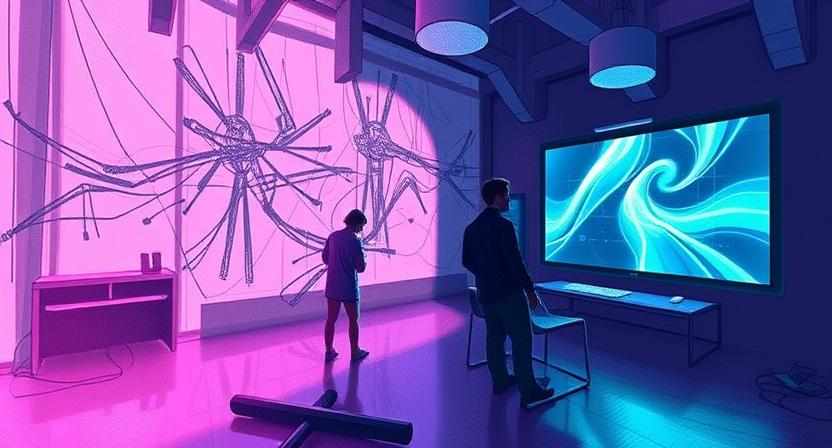
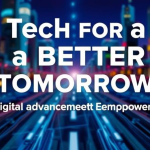
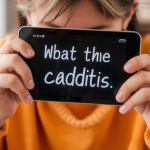

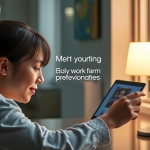
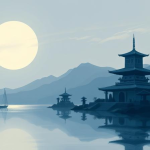

Leave a Reply